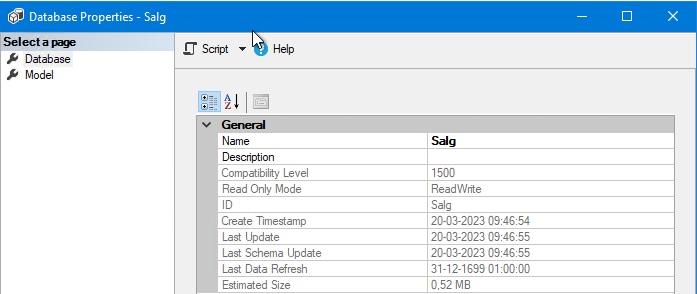Hi,
I have created a semantic model in our development environment with a global database,
In development the model is named Sales DEV and in production it is named Sales.
When I make changes to the model and do a multiple environment transfer, the data in the production model is deleted and the users cannot use the model before I have executed the model in the production environment.
I expected a creation of a offline model, which could be executed at a later time.
Instead our users cannot access data in a period of time, which is unacceptable to our business.
How can I avoid this, so our users do not experience down time on the production model?
Kind regards,
Rasmus Høholt













